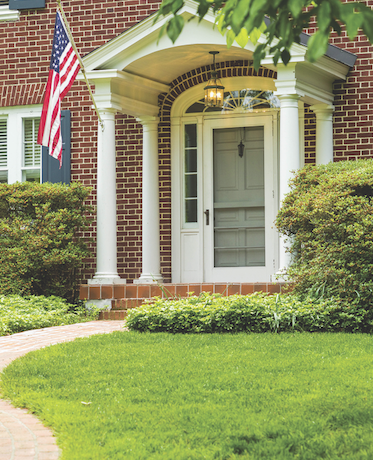In light of concerns about COVID-19, various health organizations have issued specific instructions on how to maintain personal safety and cleanliness. These recommendations involve using common household products to sanitize homes, offices and public spaces. As people take such precautions, many are stocking up on extra essentials — resulting in shortages.
Everything from hand sanitizers to paper towels may be hard to find on grocery store shelves, leaving some to wonder what they can do to remain safe without sanitizers?
The Environmental Protection Agency states that coronaviruses are some of the easiest types of viruses to kill because they have an envelope around them that enables them to merge with other cells and infect them. If that protective coating can be disrupted, the virus can’t do its job. For those having trouble finding well-known cleaning agents, these alternatives may suffice.
Hot water and soap
The reason hand-washing is at the top of the list of sanitizing methods is because it is so effective at washing away viruses and bacteria. Friction from scrubbing with soap and water can help break the protective envelope, states the EPA. Soap and water can clean all surfaces in a home, especially when applying a little extra elbow grease.
Hydrogen peroxide
As people clear isopropyl (rubbing alcohol) off the shelves, do not discount hydrogen peroxide. The CDC says household hydrogen peroxide at 3 percent concentration can deactivate rhinovirus, the virus that causes the common cold, within six to eight minutes of contact. Coronavirus is easier to destroy than rhinovirus, so hydrogen peroxide may be effective at combatting that virus as well.
Natural items can be used for general cleaning, but have not been endorsed for use on COVID-19 disinfection. In lieu of shortages, white vinegar, baking soda pastes and citrus oils and juices could fill the void of chemically-based cleansers for other home tasks.








Recent Comments